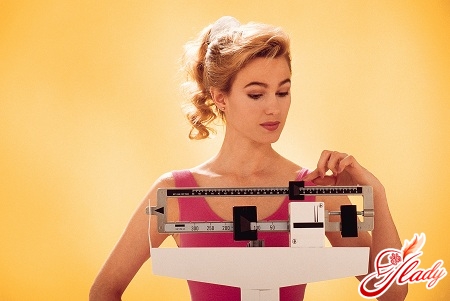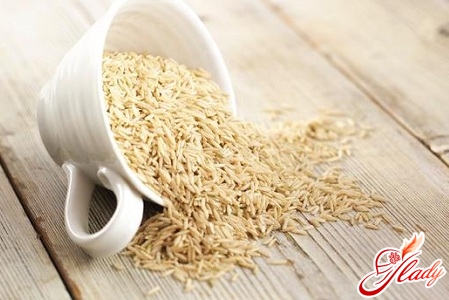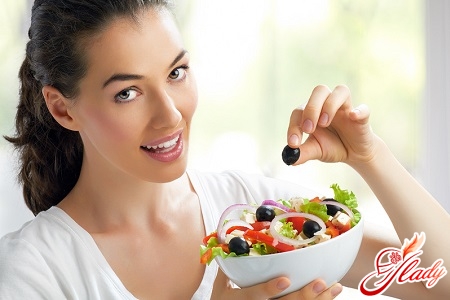 The right diet is important not only for yourbeauty, this is the basis of health. One could express it by the formula "there is everything, but little by little", but this is not so simple. To avoid the most severe diets, which are a real stress for the body and disturb the metabolism, you need to listen to your body and its needs, be able to eat according to age and type of activity.
The right diet is important not only for yourbeauty, this is the basis of health. One could express it by the formula "there is everything, but little by little", but this is not so simple. To avoid the most severe diets, which are a real stress for the body and disturb the metabolism, you need to listen to your body and its needs, be able to eat according to age and type of activity.
Think about your food
With age, the body's reactions change, so effective should be accompanied by physical exercises,which are a prerequisite for your body to remain slim and strong for as long as possible. Indeed, since 30 years, the metabolism undergoes changes, the digestive process is different (especially in women). Cells begin to release less digestive juices, digesting food is slower and more difficult. Therefore, you should think about your diet, in particular, to limit the consumption of certain high-calorie and digestible dishes, especially in the evening.
Breakfast
Those who daily engage in sports, specialattention should be given to the first meal. Given that the morning meal - the most important for the day, you need to replenish your supplies of vitamins, minerals and slowly digestible carbohydrates. Breakfast can usually begin with a plate of whole grain cereal with honey and milk, then follow two slices of bread and three toast, smeared with low-fat oil (usual oil: 10 g = 75 kcal, low-fat oil: 10 g = 40 kcal). Do not be afraid to eat several slices of bread every morning - no one has become fat from bread, in addition, the body needs very slowly digestible carbohydrates and starch. To finish breakfast, you can 1-2 servings of yogurt from whole milk, then drink a cup of coffee without sugar (more for taste reasons than because of diet). Finally, a glass of fresh fruit juice (orange or grapefruit) gives freshness and tonus, and you can start daily exercises. Yogurt or cottage cheese should be consumed by everyone, because, regardless of physical effort, our body loses calcium. To make up for the lack of calcium, you can eat dairy products in the morning, and at lunch, and (sometimes) in the evening. In low-fat and whole-milk yogurt caloric content is different (50 and 80 kcal per 125 g), but the calcium content is the same. Have a snack at 11 o'clock. Despite a full breakfast, sometimes you have to have a snack near noon. It is always advisable to have 1-2 energy bars containing phosphorus, calcium and potassium. 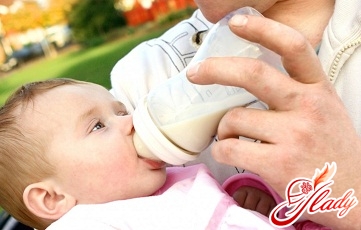
Dinner and supper
During the day you can eat fish, vegetables and dairy products. Such food, rich in dietary fiber, trace elements and vitamins, protects them from heart disease, cancer, and obesity!
- Give preference to fresh vegetables
Lunch can start with a plate of raw vegetables: carrots, radishes, tomatoes, lettuce, green beans, broccoli (100 g = 26 kcal) and cabbage - with a small amount of vinegar and seasonings. Then eat fish and garnish (rice, potatoes, lentils or pasta). Do not eat any fried in oil, nor sauces based on sour cream. It is better to fill dishes with a small amount of olive oil, orange juice and a variety of herbs, which give the flavor the most strict dishes. In our time it can not be said that healthy food is tasteless. Your task is to prepare dishes correctly. Look at the counters with vegetables in the supermarket there you will find fresh basil, and parsley, and thyme, and scented onions ... Do not forget about spices. It is enough to sprinkle rice, tomatoes, fish and vegetables generously with them - and you will understand that mayonnaise (100 g = 710 kcal), fresh sour cream (100 g = 900 kcal) or béarnaise sauce (100 g = 549 kcal) is not necessarily added to all dishes !!
- No - fast-digestible carbohydrates!
Lunch can be completed with a piece of cheese without bread andyoghurt. Baking is better not to eat, since most flour contains a lot of sugar and calories (a piece of apple pie = 200 kcal, a custard cake = 338 kcal). When you learn to eat yogurt, cottage cheese, coffee and tea without sugar, you will recognize the real taste of the products and will not want to take a step back. This is a good habit that does not require you to do much. Think of yourself and other such habits ... If you want to exercise and work without feeling tired, you should consume slowly digestible carbohydrates - starchy foods that give energy. Until evening, you will have time to digest them and digest them. Starch, like all slowly assimilated carbohydrates, accumulates in the body, replenishing muscle glycogen reserves before the big expenses of energy. If you consume starch in the composition of natural products, this will not lead to an increase in weight (100 g of conventional pasta = 110 kcal, 100 g of parmesan = 380 kcal). After noon, eat 1-2 fruits, avoiding grapes (too sweet) and bananas (high-calorie). By the way, a banana is an excellent way to refresh yourself if you suddenly feel a breakdown. Fresh fruits contain vitamin C, beta-carotene, fibers and mineral salts. They improve the functioning of the intestines, helping to remove toxins from the body that might interfere with weight loss. 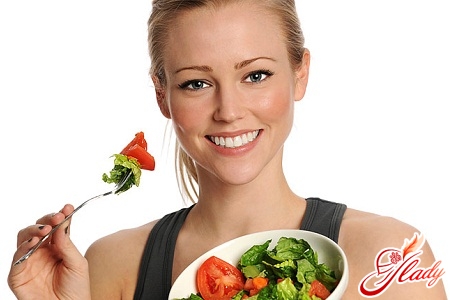
On what diet for weight loss should pay attention?
The principles of nutrition described here give only a general idea, but for those who decided to seriously tackle the figure, , which has many recipes and detaileda description of each step. The diet was developed by an experienced dietician, who spent many years improving it. This system is not intricate, but the results are positive, which is confirmed by numerous
specialists. Example of a balanced diet:
- Proteins - 12-15% of the total caloric content of the diet 100/125 g
- Milk, cheese, yogurt, other dairy products; red and white meat, sausages, poultry, game, offal, fish, eggs, crustaceans.
- Fats - 30-35% of the total caloric content of the diet 50/62 g
- Fats of animal origin (oil, fish oil); Fats of vegetable origin (sunflower, soybean, peanut butter).
- Carbohydrates - 50-60% of the total caloric content of the diet 100/125 g
- Raw fruits and vegetables; boiled fruits and vegetables; starchy products (cereals, legumes, bread, pasta, rice, potatoes, white beans); sugar (candy, chocolate, honey, sweet drinks).




